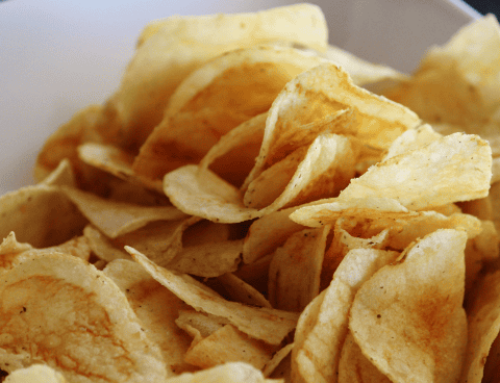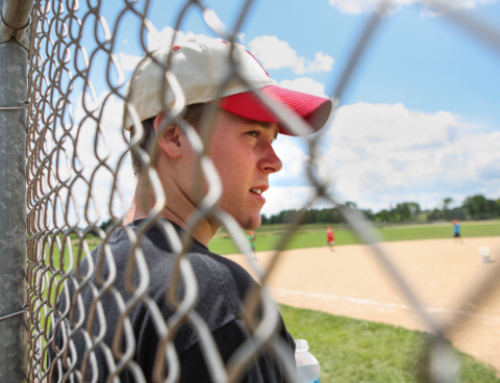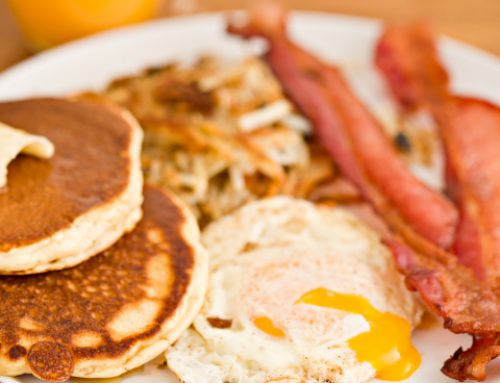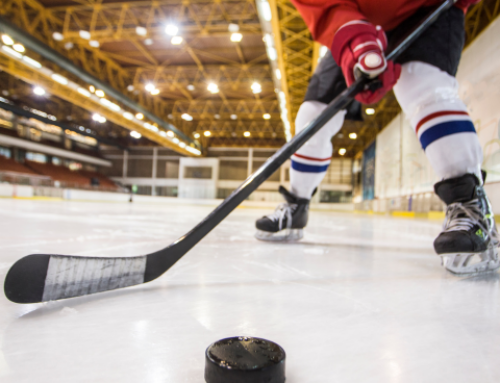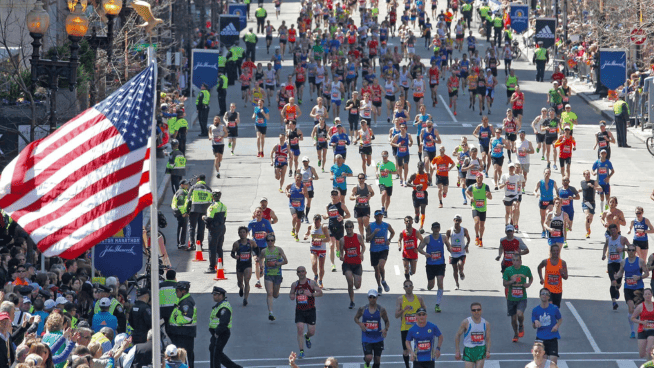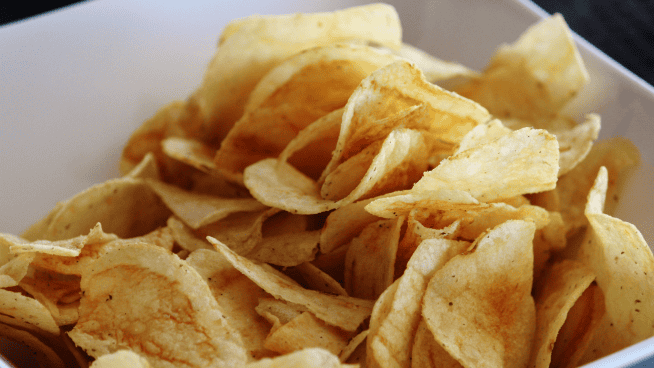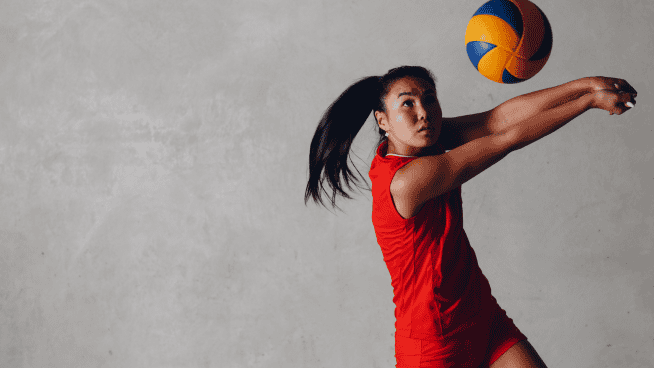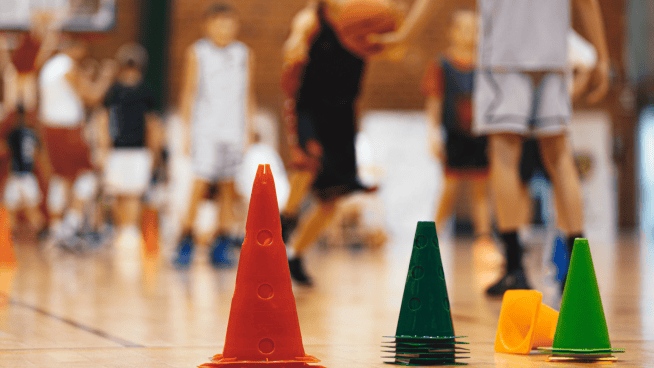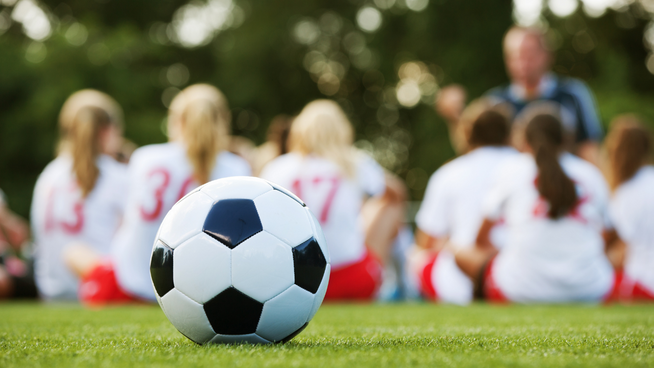You’re Doing It Wrong: The Muscle Building Diet
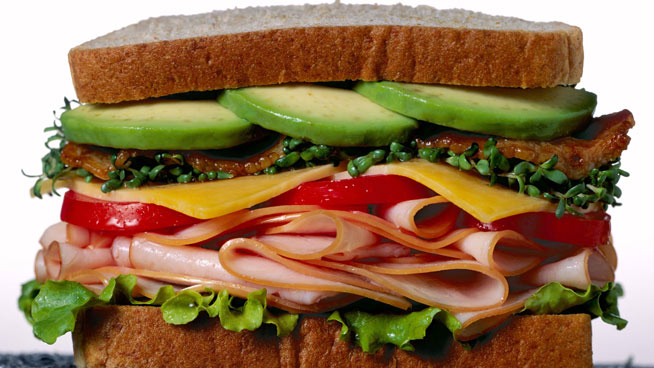
Imagine this: Two athletes perform the same workout in preparation for the upcoming season. Both are relatively skinny but athletic, and they go on a muscle building diet.
A month goes by: They eat the same foods, get adequate rest and put 100 percent into every workout.
One of the athletes gets bigger, faster and stronger. The other barely notices any improvement. What gives?
Although both athletes may have eaten the right foods, one may not have eaten the right amount.
All too often, I see athletes who don’t consume the right amount of calories to achieve their goals. Thermodynamics, as well as common sense, tells us that:
- Consuming more calories than you use in a day = weight gain.
- Consuming fewer calories than you use in a day = weight loss.
But what happens if you go too far in either direction? Eat too much and you end up in a post-Thanksgiving coma for eight hours. Eat too little, and your decision-making abilities are diminished to those of a toddler.
Let’s use these athletes as an example: Athlete 1, who gets jacked in a matter of weeks, has a TDEE (Total Daily Energy Expenditure) of approximately 2,000 calories. He consumes 2,500 calories and is now bigger, faster, stronger and more awesome, without feeling like crap. Athlete 2, who gains no weight and feels a bit groggy all the time, has the same TDEE of about 2,000 calories. But he only consumes 1,800 calories of high-quality food.
What’s the difference? Athlete 2 wasn’t fueling the way the he should. He consumed the right kinds of food, but he was not even close to taking in enough calories to cover what he was burning. In contrast, Athlete 1 consumed enough calories to not only cover his daily expenditure, but to fuel some serious lean mass and strength gains.
Calculate your TDEE here. It will give you the number of calories you need in a day. If you’re Michael Phelps in the 2008 Beijing Olympics, you’d need a whopping 12,000 calories a day for a sport that requires superior lung capacity, cardiovascular endurance and muscular power. Phelps’s diet consisted of foods high in good cholesterol, protein and carbs, which is a good combination for you too.
The Michael Phelps Diet
Breakfast
- Three fried-egg sandwiches loaded with cheese, lettuce, tomatoes, fried onions and mayonnaise.
- Two cups of coffee.
- One five-egg omelet.
- One bowl of grits.
- Three slices of French toast topped with powdered sugar.
- Three chocolate-chip pancakes.
Lunch
- One pound of enriched pasta.
- Two large ham and cheese sandwiches with mayo on white bread.
Dinner
- One pound of pasta.
- An entire pizza.
Bottom line: No matter what diet you choose, you must pay attention to your calorie goals, or you won’t build the muscle and have the energy you need. Organic, paleo, GMO-free, cage-free, or any other “healthy choice” foods are not magic.
If you’re worried about taking time out of your day to count your calories, don’t worry—second place is cool, too.
Source:
Rubenstein, Sarah. “The Michael Phelps Diet: Don’t Try It at Home.” Wall Street Journal Health Blog, Aug. 13, 2008.
[cf]skyword_tracking_tag[/cf]RECOMMENDED FOR YOU
MOST POPULAR
You’re Doing It Wrong: The Muscle Building Diet

Imagine this: Two athletes perform the same workout in preparation for the upcoming season. Both are relatively skinny but athletic, and they go on a muscle building diet.
A month goes by: They eat the same foods, get adequate rest and put 100 percent into every workout.
One of the athletes gets bigger, faster and stronger. The other barely notices any improvement. What gives?
Although both athletes may have eaten the right foods, one may not have eaten the right amount.
All too often, I see athletes who don’t consume the right amount of calories to achieve their goals. Thermodynamics, as well as common sense, tells us that:
- Consuming more calories than you use in a day = weight gain.
- Consuming fewer calories than you use in a day = weight loss.
But what happens if you go too far in either direction? Eat too much and you end up in a post-Thanksgiving coma for eight hours. Eat too little, and your decision-making abilities are diminished to those of a toddler.
Let’s use these athletes as an example: Athlete 1, who gets jacked in a matter of weeks, has a TDEE (Total Daily Energy Expenditure) of approximately 2,000 calories. He consumes 2,500 calories and is now bigger, faster, stronger and more awesome, without feeling like crap. Athlete 2, who gains no weight and feels a bit groggy all the time, has the same TDEE of about 2,000 calories. But he only consumes 1,800 calories of high-quality food.
What’s the difference? Athlete 2 wasn’t fueling the way the he should. He consumed the right kinds of food, but he was not even close to taking in enough calories to cover what he was burning. In contrast, Athlete 1 consumed enough calories to not only cover his daily expenditure, but to fuel some serious lean mass and strength gains.
Calculate your TDEE here. It will give you the number of calories you need in a day. If you’re Michael Phelps in the 2008 Beijing Olympics, you’d need a whopping 12,000 calories a day for a sport that requires superior lung capacity, cardiovascular endurance and muscular power. Phelps’s diet consisted of foods high in good cholesterol, protein and carbs, which is a good combination for you too.
The Michael Phelps Diet
Breakfast
- Three fried-egg sandwiches loaded with cheese, lettuce, tomatoes, fried onions and mayonnaise.
- Two cups of coffee.
- One five-egg omelet.
- One bowl of grits.
- Three slices of French toast topped with powdered sugar.
- Three chocolate-chip pancakes.
Lunch
- One pound of enriched pasta.
- Two large ham and cheese sandwiches with mayo on white bread.
Dinner
- One pound of pasta.
- An entire pizza.
Bottom line: No matter what diet you choose, you must pay attention to your calorie goals, or you won’t build the muscle and have the energy you need. Organic, paleo, GMO-free, cage-free, or any other “healthy choice” foods are not magic.
If you’re worried about taking time out of your day to count your calories, don’t worry—second place is cool, too.
Source:
Rubenstein, Sarah. “The Michael Phelps Diet: Don’t Try It at Home.” Wall Street Journal Health Blog, Aug. 13, 2008.

